How to Plant, Grow, and Care for Erigeron Karvinskianus
Erigeron karvinskianus, called Santa Barbara Daisy or Mexican Daisy, is a profuse bloomer and fantastic ground cover for warm climates. Kevin Espiritu will take you through the steps you will need to get the best out of this lovely daisy bush.
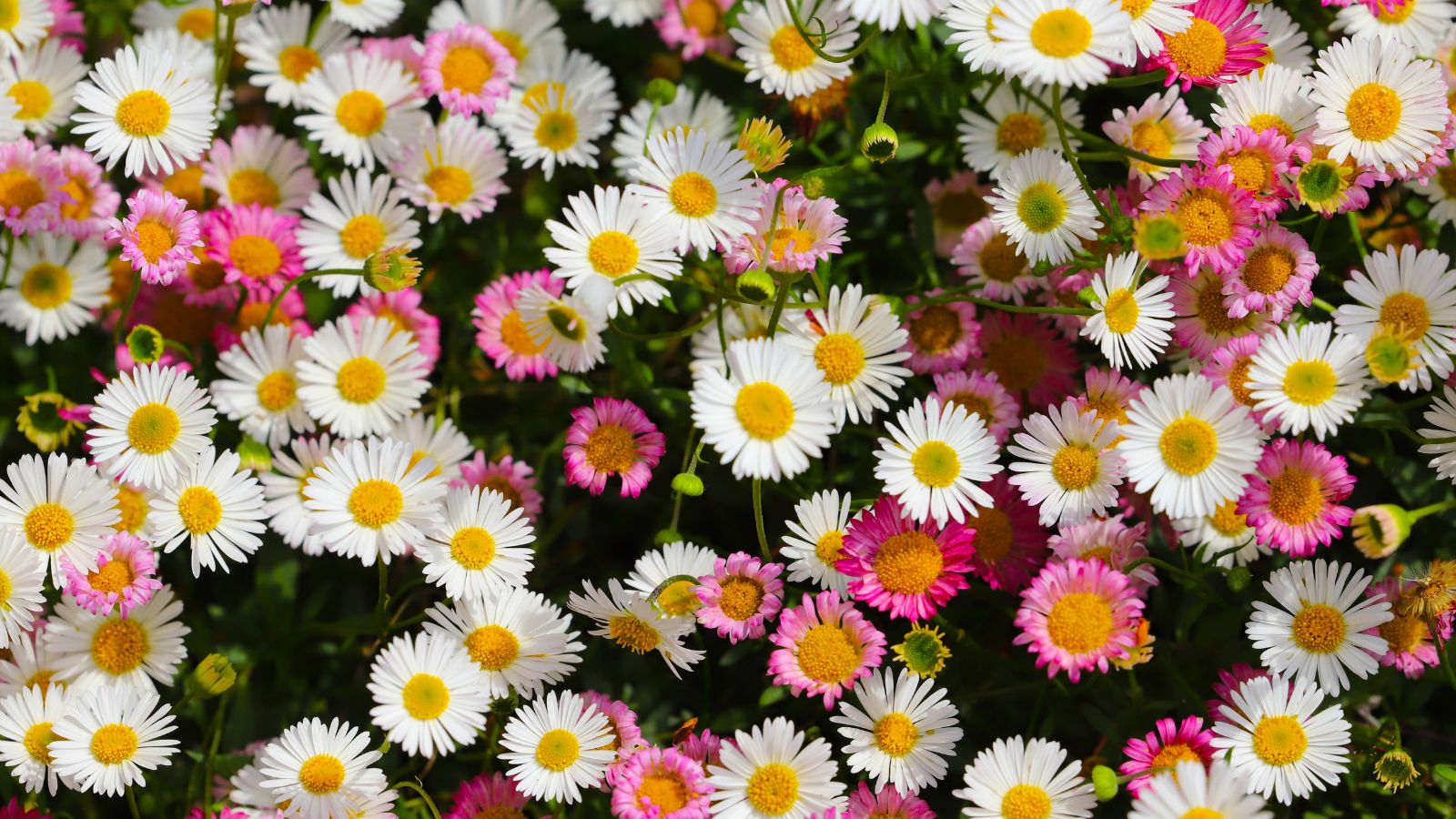
Contents
Erigeron karvinskianus, or Mexican daisy, is a popular border and flowering accent species and a top choice for gardeners with small garden spaces due to its size and growth characteristics.
This daisy is known by a number of names, such as Santa Barbara daisy, Mexican fleabane, seaside daisy, and more.
The Spanish daisy shows great versatility in the way it can be planted. You can use it as a ground cover, as a perimeter lining for garden beds, grow it behind small retaining walls to cascade over edges, or simply grow it in pots and enjoy its blooms.
Continue reading to find out more about how to grow and care for this wonderful flowering perennial.
Plant Overview
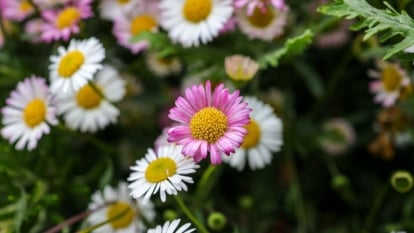
|
Plant
Shrub
Family
Asteraceae
Genus
Erigeron
Species
Erigeron karvinskianus
|
Native Area
Mexico, Venezuela, Colombia, Costa Rica, El Salvador, Guatemala, Honduras
Exposure
Full sun
Height
15-20″
Watering Requirements
Moderate
|
Pests & Diseases
None
Maintenance
Low
Soil Type
Well-draining, sandy
Hardiness Zone
6-9
|
What is Erigeron Karvinskianus?
It is a mounding-to-spreading perennial with delicate green foliage. It can grow up to 15-20 inches in height and two to three feet in width. Mexican daisy is a trailing and graceful evergreen plant known for its year-round production of cute little daisies. These plants make an excellent choice for garden beds, rock gardens, and borders of raised beds. They even work in containers, especially hanging baskets. They form a low mound of narrow, grayish-green, hairy leaves.
Native Area
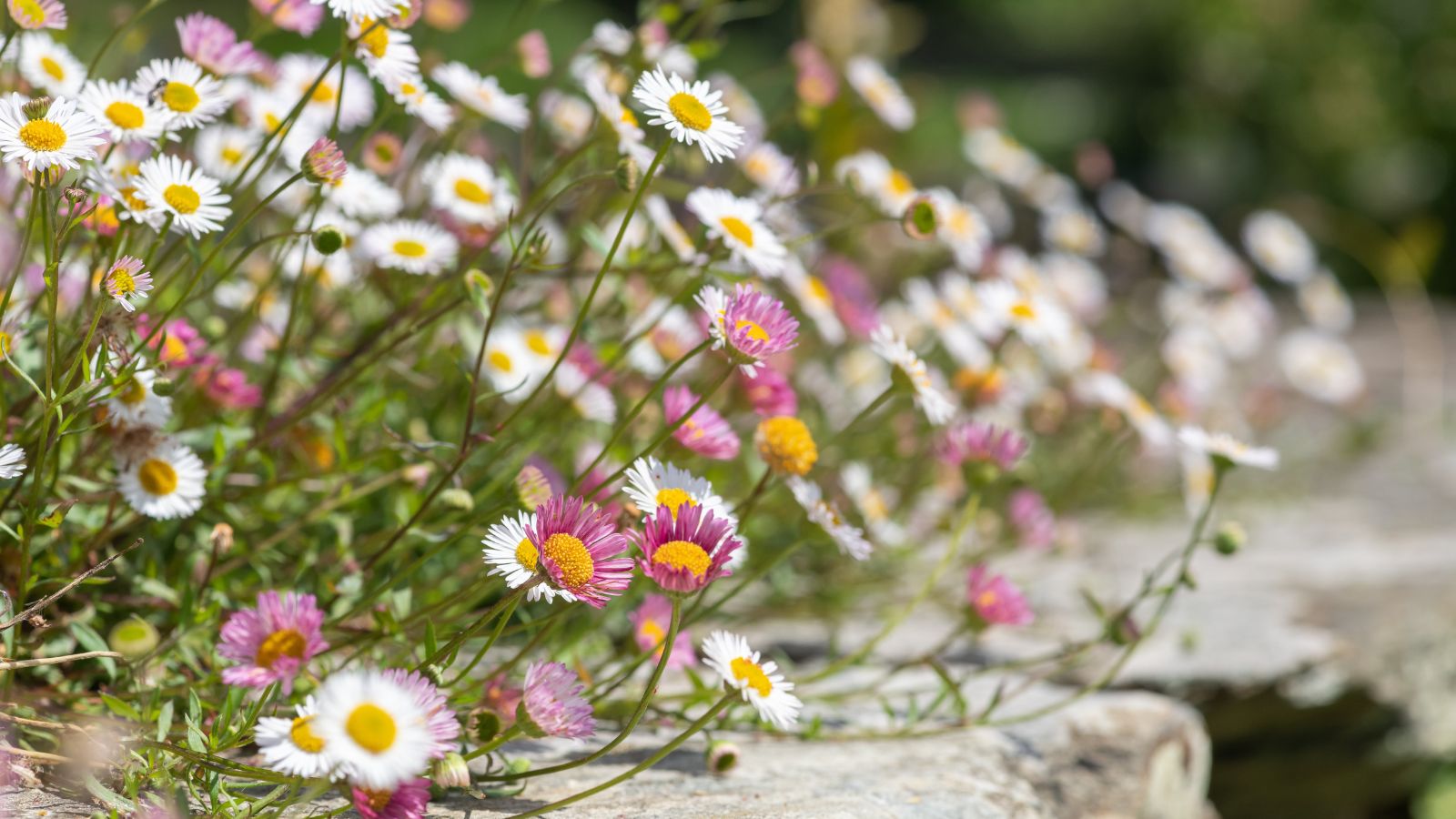
Erigeron karvinskianus, is native to Mexico, Central America, and parts of South America, particularly regions with temperate to subtropical climates. It thrives in mountainous and rocky environments, often found growing along slopes, cliffs, and roadsides. In its native habitat, it flourishes in well-drained soils and sunny to partially shaded conditions. Due to its adaptability and charming, daisy-like flowers, it has been widely cultivated and naturalized in many parts of the world, including Europe, South Africa, and Australia, where it is appreciated for its ground-covering ability and ornamental appeal.
Characteristics
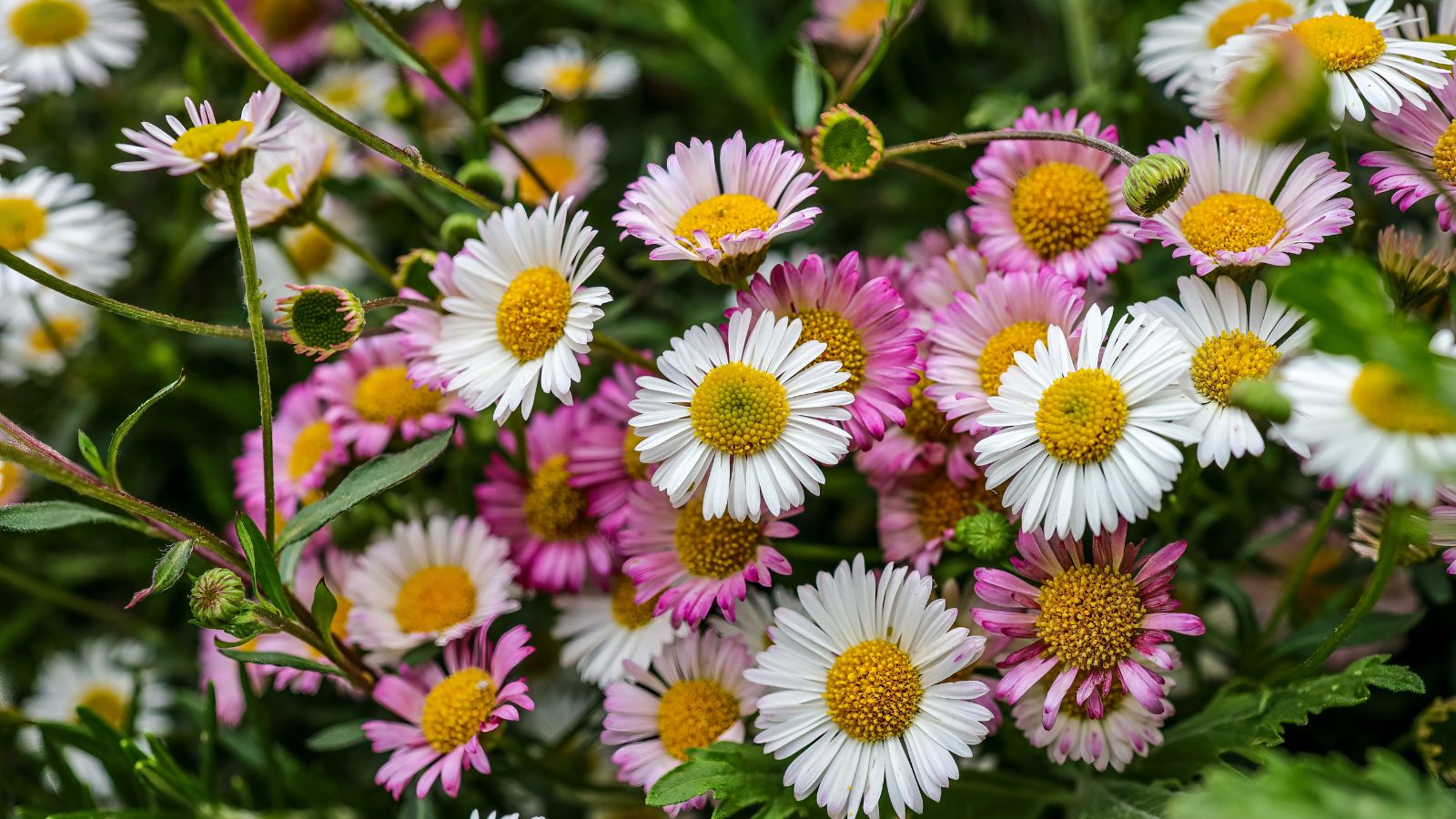
Mexican fleabane plants bloom small flowers that are first white with yellow centers, but later the white petals age and turn deep magenta, resulting in a mixed color display of gorgeous-looking flowers. These flowers take over in spring and on and off throughout the year. They are very appealing to butterflies and other insects.
Erigeron karvinskianus flowers first emerge white in color but soon turn soft pink and then fade to purple. The profusion of flowers is very attractive to butterflies and bees. However, it is known for its self-seeding mechanism and it can be aggressive, creating additional Mexican fleabane plants if not controlled.
The shrub has earned the Royal Horticultural Society Award of Garden Merit. As with other Royal Horticultural Society designations, this means this daisy is strong, and long-lasting. It’s also quite beautiful.
Planting
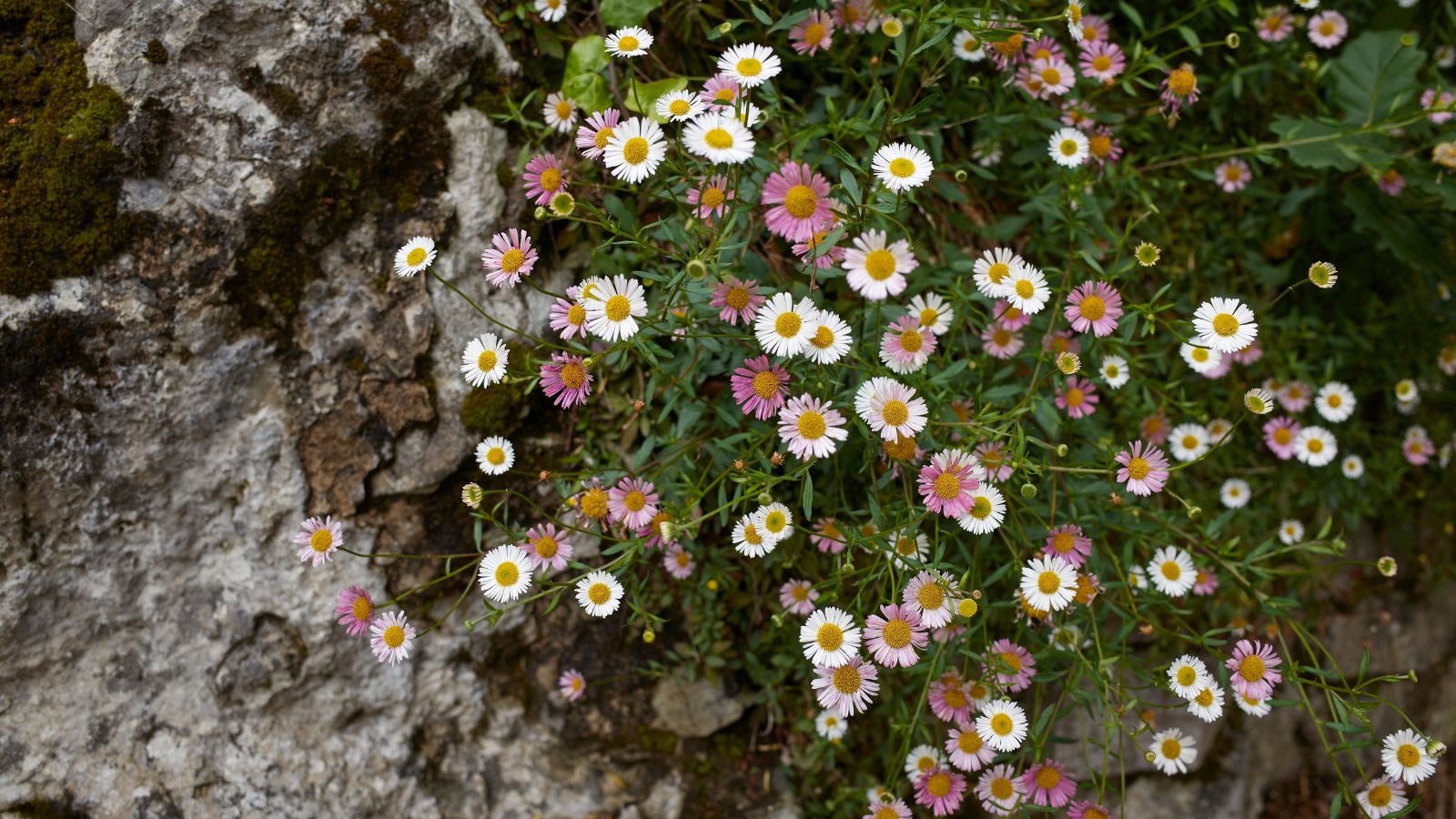
The first thing to do when growing Erigeron karvinskianus is choose a sunny or partially shaded spot with well-drained soil. Space the daisies about 12 to 18 inches apart to allow for their spreading, mounding growth habit. Dig a hole slightly larger than the root ball – about six to eight inches deep and eight to ten inches wide – then place the root ball in the hole so the top is level with the surrounding soil. Backfill gently and water well to help it establish. Although drought-tolerant once mature, regular watering during the first few weeks after planting will encourage strong root development. Mulching lightly around the base can help retain moisture and suppress weeds.
How to Grow
The Santa Barbara daisy (Erigeron karvinskianus) is an easy-care, die-hard perennial. Here’s what you need to know about its growth and care requirements.
Light
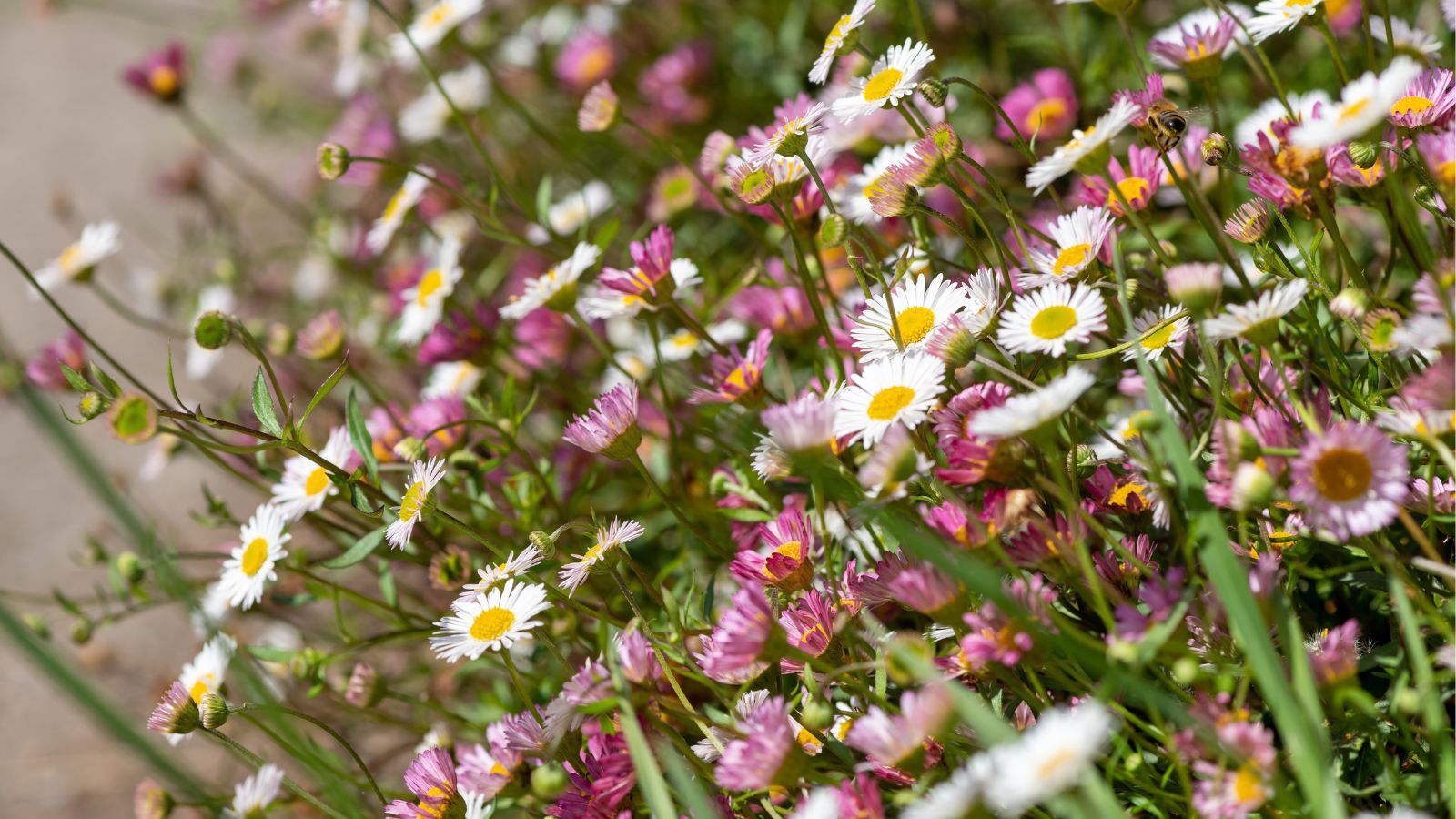
The Mexican fleabane prefers full sun to partial shade, but the best growth is seen under full sun exposure. Therefore, you should pick a bright sunny spot for these daisies in your gardens. Even though they are hardy to USDA zones 6-9, they like to grow in warmer climates like 8-10.
Water

Erigeron karvinskianus is drought-tolerant but is happier with a regular supply of water especially during summers. Make sure the soil doesn’t dry out completely during the hot summer months. Don’t water so much that your Mexican fleabane is in standing water, and avoid planting it in areas that are typically waterlogged or near downspouts.
Soil

The Erigeron karvinskianus plant thrives in quick-draining soil with a pH range of 6-8. Loamy soil is best, so amend heavy clay soil with drainage materials, like agricultural sand, or vermiculite. Try not to add water retention materials to the soil, as this can cause problems with Mexican fleabane, even in high heat with full sun.
Temperature
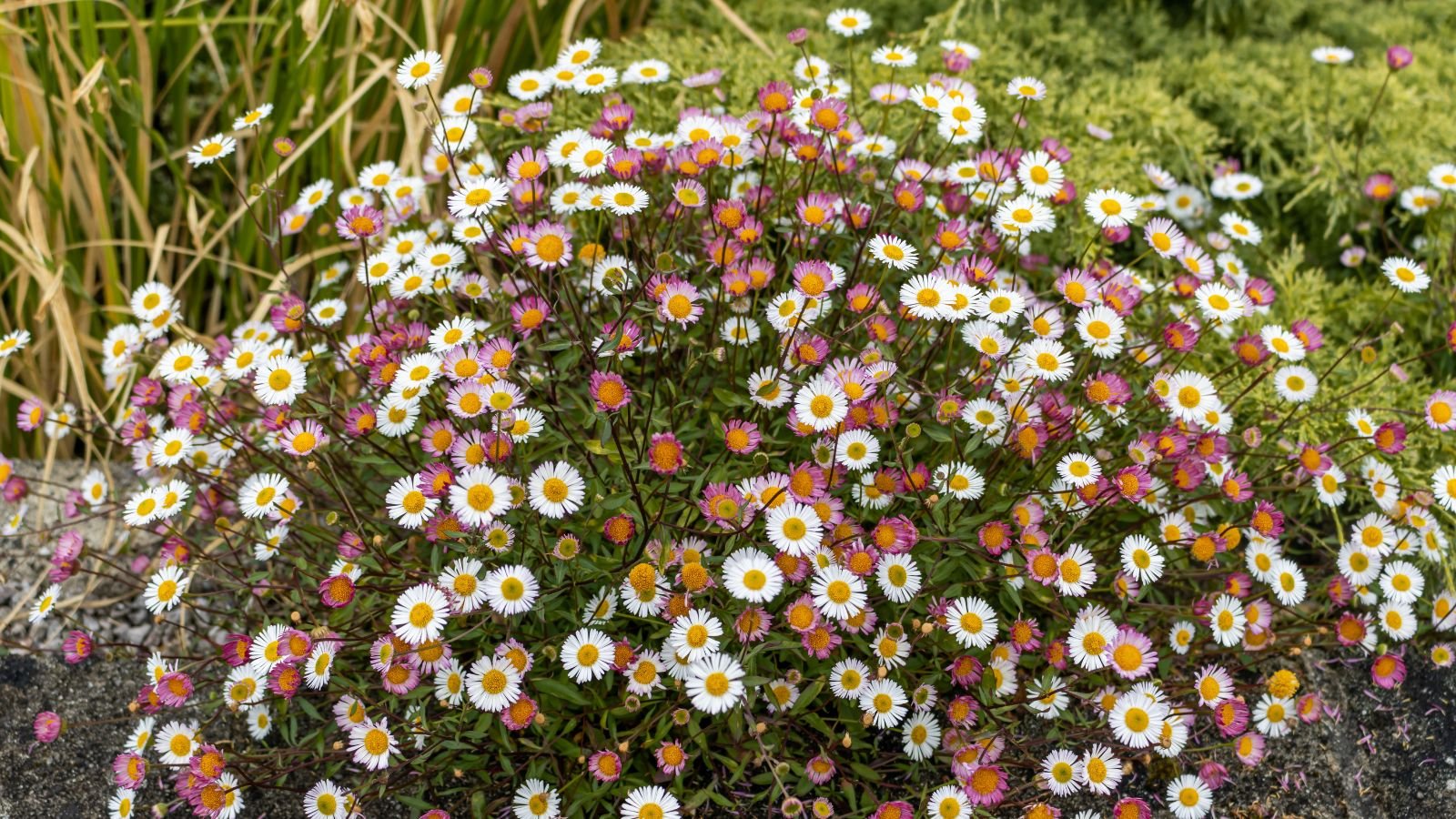
More established Mexican fleabane will handle a freeze down to -4°F (-20°C) with ease. High heat in full sun exposure is no issue as well, especially for well-maintained daisies that have been growing for a few seasons. As it’s native to Mexico, it grows well in dry areas with high summer heat.
Fertilizing

Mexican daisy grows best in rich, well-drained soil. It should be fertilized using a liquid fertilizer every month during spring and summer. Avoid fertilizing in winter and fall, as the daisy is dormant at this time and won’t be suited to absorbing the nutrients from fertilizers.
Maintenance

You will generally get Mexican Daisy from a store or a nursery in containers. To transplant it in your garden, you will have to dig a hole as deep as the depth of the container. Carefully set it and fill the hole with soil. Then, water thoroughly until it is properly established.
For container-grown types, wait until they have grown to twice their original size or they been in their pot for a year. Choose a container that is slightly larger than the current one, and replant it in fresh media. Gently separate the roots before planting in the new pot.
Once the daisy has bloomed and its soft pink blooms fade, you can deadhead the flowers to promote further flowering. In fall, cut back the stems to just above the ground, or leave them for overwintering insects. Their seed heads can be food for wild birds as well.
Propagation
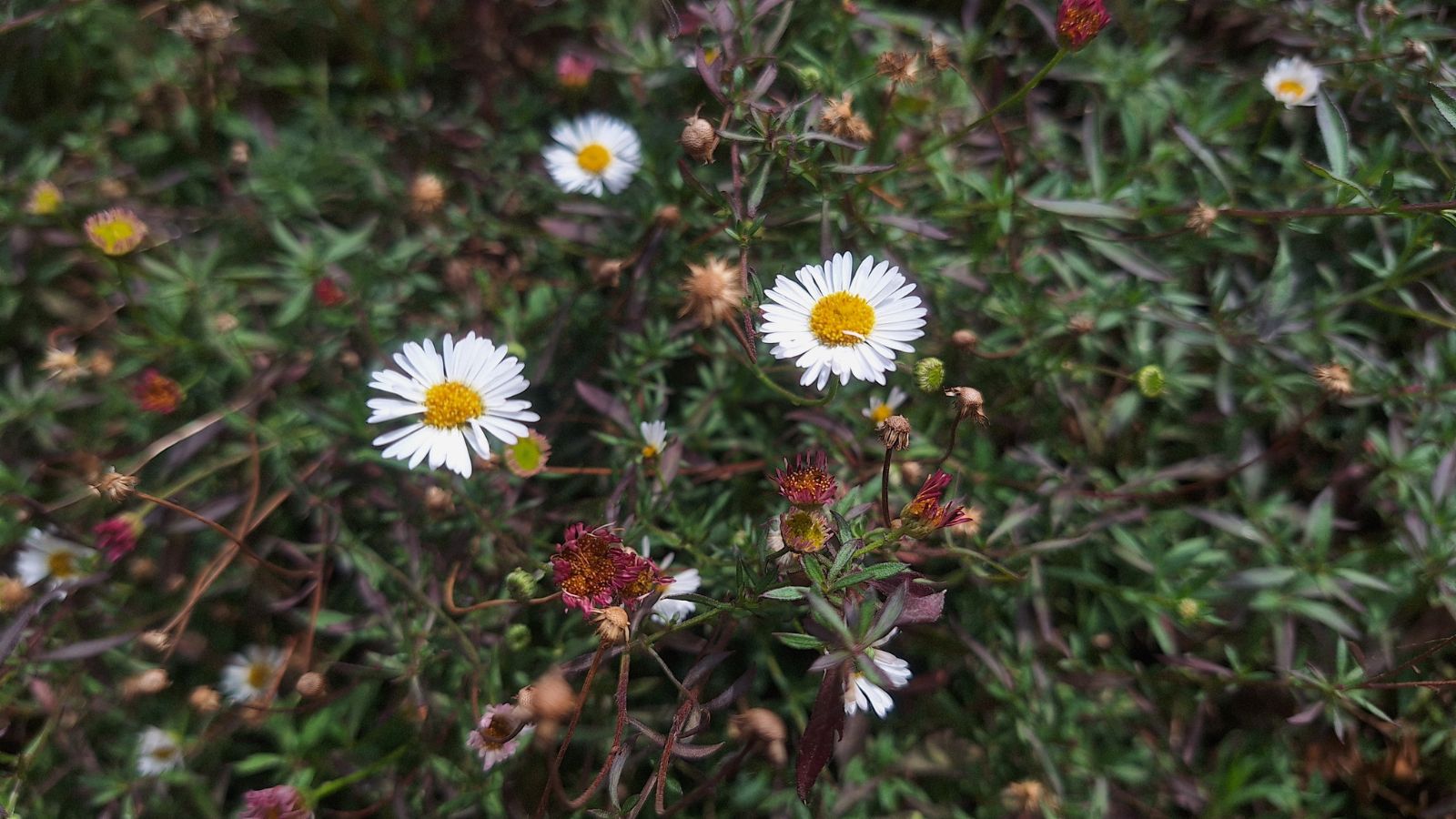
You can propagate through seeds or through division. Sow the seeds during early fall or early spring. The germination takes about three weeks. Alternatively, you can replant smaller clumps. It’s best to place them in a cold frame until they begin to form roots and then set them in their permanent location. This should be done during spring.
Common Problems
Mexican daisy is generally a problem-free shrub. There are no serious growing problems given that you ensure a regular water supply and some fertilization during the growing season.
Growing Problems
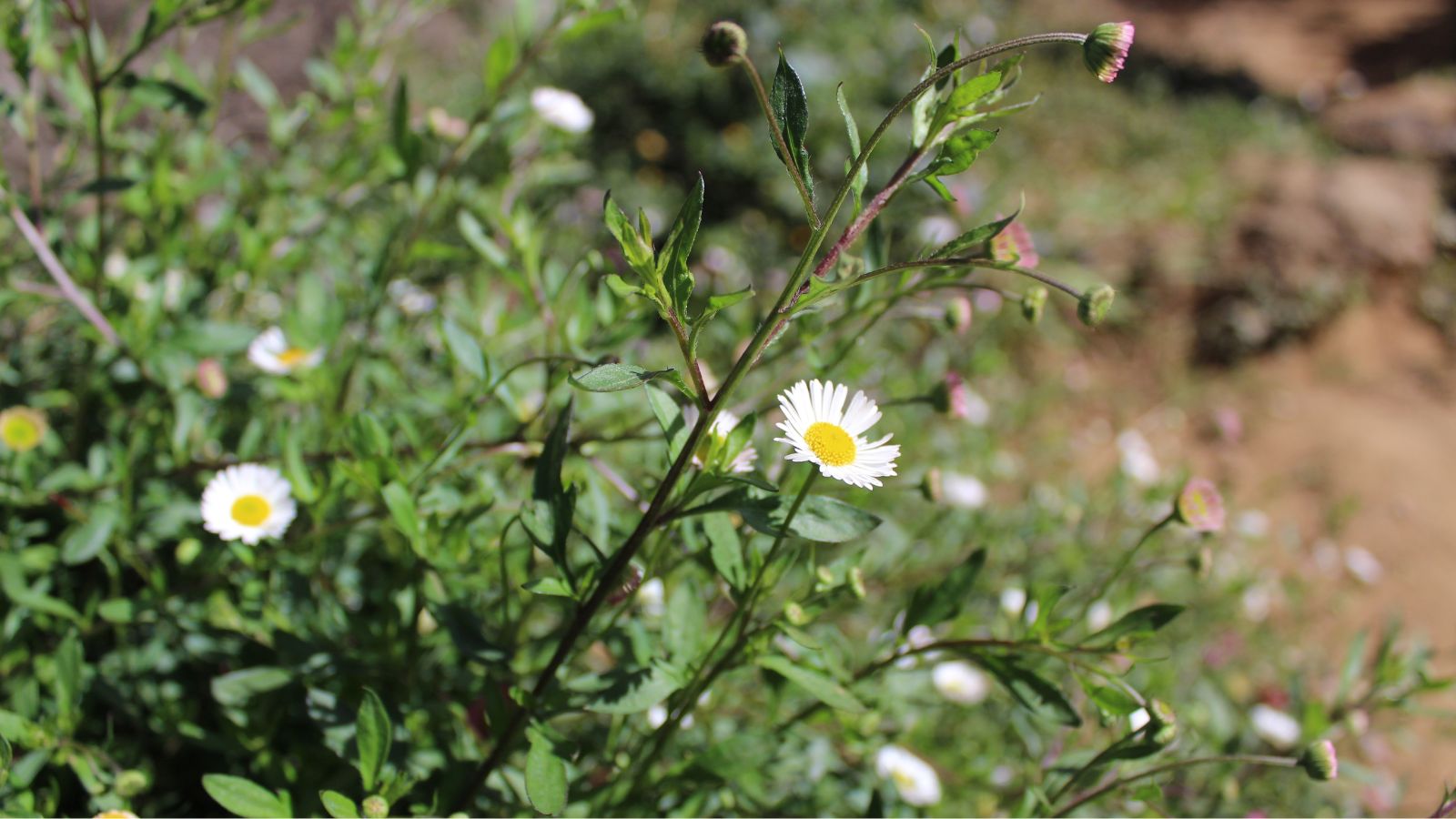
One of the only issues you might face with Erigeron karvinskianus occurs when it’s planted in heavy soil that doesn’t drain well. This could result in them dying in a wet and cold winter. Remember to grow your Mexican fleabane in well-draining soil that dries quickly.
Frequently Asked Questions
Is Erigeron karvinskianus invasive?
No, but Mexican daisy can be aggressive through self-seeding. It can be hard to get rid of once established. Deadhead spent blooms if you’d like to control its spread.
When should I prune Erigeron Karvinskianus?
Erigeron karvinskianus usually flowers from late spring to early fall. You should deadhead it post the first flush and cut down the stems to the ground by the end of autumn.
Is Erigeron fully hardy?
Once established, Mexican fleabane will survive hard frosts, and severe droughts. I would say it is fully hardy! Because it’s native to Mexico, similar environments support hardiness.
Is Mexican daisy a perennial?
It is a perennial that returns from its roots in spring. It also self-seeds.
Should erigeron be cut back?
You may want to deadhead it after it blooms. You may also want to cut it back before fall arrives to keep the new spring growth healthy.
Will erigeron grow in shade?
While it generally prefers full sun exposure, Mexican fleabane will grow just fine in partial shade.
Does erigeron flower all year?
Not exactly. It will flower from spring to late fall in optimal conditions.
Can you split Erigeron plants?
You can! Divide them in fall or spring to control their spread in a particular growing space.









